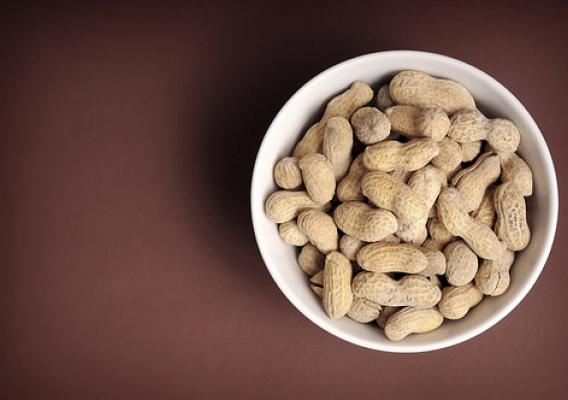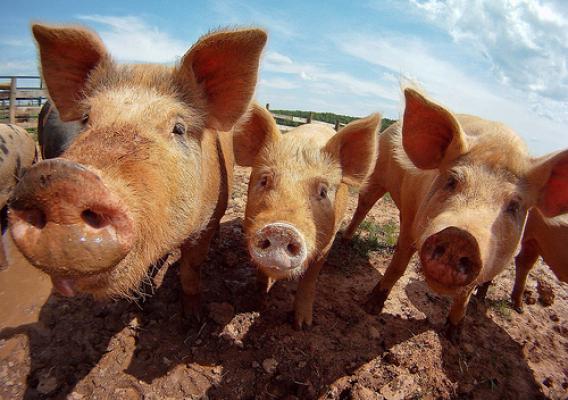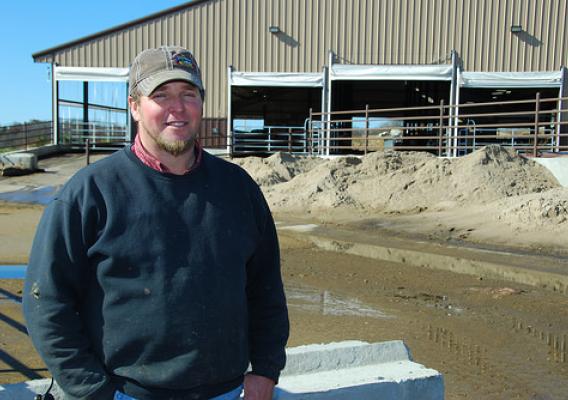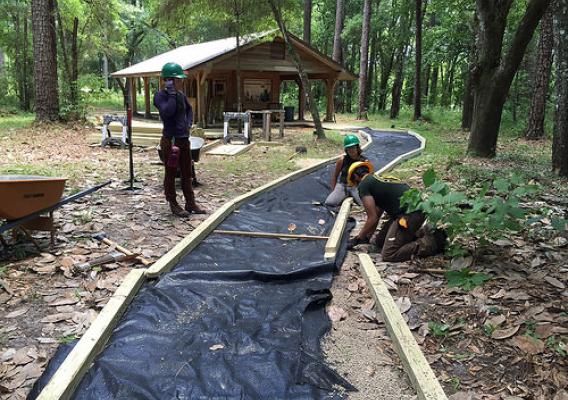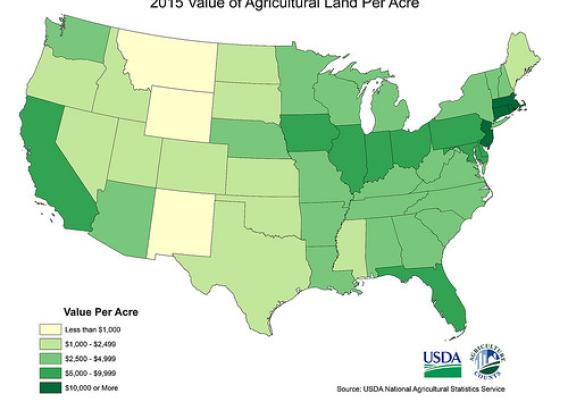If you are interested in the farm economy, August is a great time of the year. Here at NASS, we start the month by putting out an analysis of farm production expenditures. In other words, how much does it cost to produce our foods, fuels, and fabrics. On the next day, we publish a report on the value of farmland in the United States and how much it costs farmers and ranchers to rent an acre of cropland or pastureland. This year, each one of the reports told a unique story.
While the nearly $400 billion that U.S. farmers spend to produce food and fabric in 2014 is already staggering, it is even more interesting to see what is happening in the livestock sector. While feed has been the leading expense for farmers for a while now, the rest of the livestock expenses stayed on par with the other farm-related costs. For example, in 2010, U.S. farmers spent $24.4 billion on livestock, poultry, and related expenses, which was less than total rent costs and comparable to the $21 billion spent on fertilizer.



